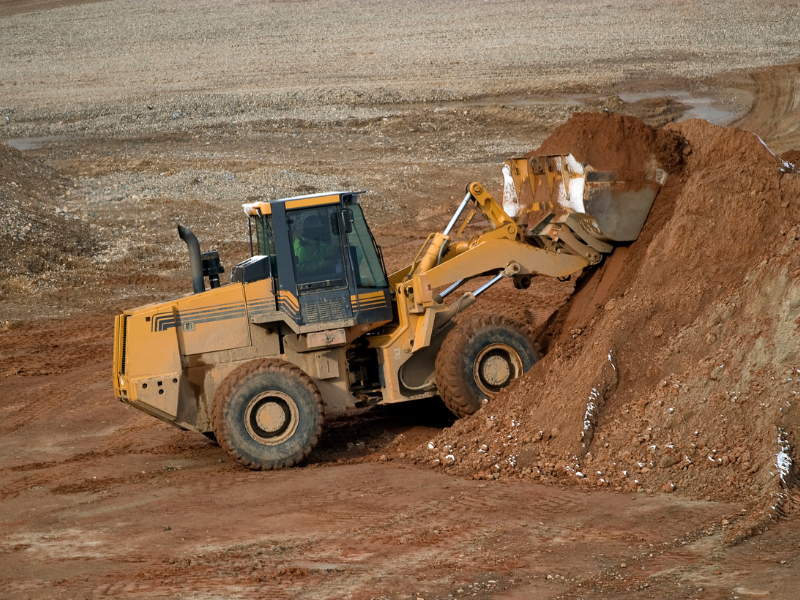
There certainly is no shortage of equipment to learn within the construction industry. Even the smallest of tasks typically has an associated vehicle or tool that ensures the job ends perfectly. When it comes to moving different materials around, there is simply no better vehicle in the construction industry than the front loader or perhaps you know it as another name such as a bucket or scoop loader.
Whilst it can be addressed under various names, the most fundamental takeaway to understand is that loader’s main purpose is to transfer materials from one place to another through the use of its moveable arms with an attached bucket at the end. Despite being invented all the way back in 1926, even still there is no better vehicle to transfer materials from one place to another on construction sites. The loader can also be customized based on the needs of the job, for example if required, various buckets can be interchanged to carry more or less load.
What is a loader used for?
The specific purpose of the front end loader on job sites is to load, dig or move materials such as snow or dirt to various locations, to lay pipes for pipeline creation or to clear obstacles on construction sites. It could also be utilized to dig holes just like a backhoe, although it is not as efficient as a vehicle tailored to digging. The reason that the loader is able to accomplish these tasks quite handily is because of the capacity of the bucket which on average can store between three to six cubic meters of material depending on the bucket used. A very common task that your supervisor may ask you to complete on a jobsite is to load dirt dug out from a backhoe and to transfer it to another location onsite.
With Alberta having some of Canada’s toughest weather conditions, the demand for front end loaders to clear piles of snow in parking lots or streets is a vital aspect of being a front end loader operator. During these conditions, you will either work in tandem with trucks to load snow off-site or to consolidate a large pile of snow to ensure operations go smoothly.
Roles of a front end loader operator
Understanding how the front end loader operates is just as important as your duties to move materials around site. In most cases, loaders utilize wheels, not tracks due to the mobility and speed advantage that it provides in a fast-paced environment.
As a result, the operator must understand the various parts of the machine and have a good understanding on how to identify any front loader repairs that would be needed. A lot can and will go wrong with a loader when used in tough conditions over decades which is why its absolutely essential to be in the know-how of understanding issues that may arise.

